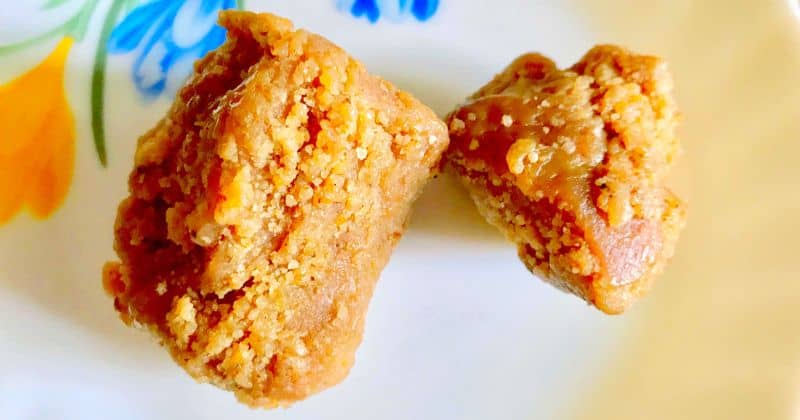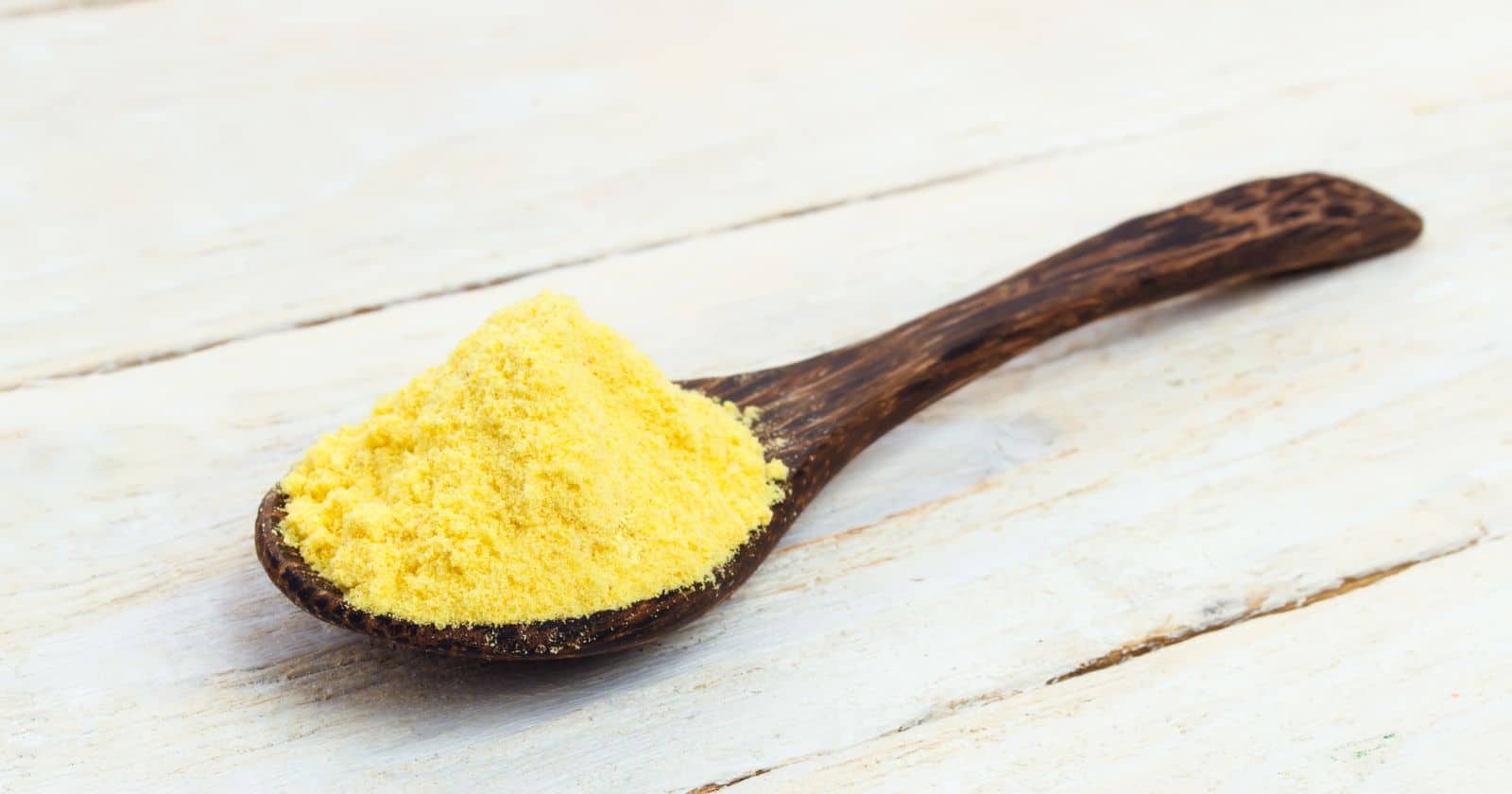India is known for its bold and distinct flavors, and nothing quite encapsulates the Indian palate like asafoetida. Also referred to as “hing”, this smelly yet delicious
Asafoetida has roots that stretch back several thousand years into Ancient India. There is evidence of it being used in cooking and medicinal practices throughout the subcontinent. Today, its earthy taste can be experienced not only in Indian cuisine but many other cuisines around the world.
This article will explain what asafoetida is and how it’s traditionally used in various types of Indian cooking. We will also discuss how you can use this aromatic
So read on for all the information you need about using this incredibly flavorful ingredient!
What Is Asafoetida?
Asafoetida is a dried sap or gum resin derived from the roots of Ferula plants. It is a dark brown, a resin-like substance with a strong and pungent smell. Asafoetida powder is used for both cooking and medicinal purposes. It has a strong flavor goes well with most vegetables, legumes, lentils, rice, and other spices.
Regarding its medicinal uses, asafoetida has been known to act as an antispasmodic, expectorant, natural laxative, digestive aid, and sedative.
This makes it an effective remedy for stomach cramps and indigestion. It can also treat respiratory problems such as asthma and bronchitis due to its expectorant properties. It can be used to treat insomnia due to its soothing effects.
Asafoetida is commonly used in Indian cuisine to flavor vegetarian dishes such as those made with lentils and cauliflower. Its strong flavor helps bring out the flavors in these dishes while adding depth of flavor simultaneously.
It can be added to pickles or chutneys for an extra kick of flavor or mixed into curries for extra depth of taste.
History And Origins Of Asafoetida

Asafoetida, or hing, is an aromatic
The
The actual origin of asafoetida is native to Central Asia, particularly Iran and India. It is essentially gum extracted from the taproot of a perennial herb called Ferula. This dried latex exuded from the tap root has been used for centuries in traditional Indian cooking for its medicinal properties and distinct flavor profile.
Asafoetida is the “food of the gods” due to its unique taste and aroma, which can be described as similar to garlic or onion with hints of sulfuric notes.
Uses Of Asafoetida In Cooking
When using asafoetida in your cooking preparations, fry it in hot oil or ghee for several seconds before adding other ingredients. This will help release its pungent aroma and enhance the flavor of your dish.
Additionally, it would be best if you used only small amounts of this
Asafoetida is an incredibly versatile ingredient that can be used in many dishes, including lentil dishes, vegetarian stews and soups, pickles, and more!
When added correctly with just the right amount of seasoning, this
How To Cook With Asafoetida
To bring out its unique flavor and warmth, here are some tips and tricks for cooking with asafoetida:
- Asafoetida blocks can be broken into smaller pieces using a hammer or stone pestle, then microwaved on high mode for 2-3 minutes. Greasing a plate with oil is optional before spreading the bits on it.
- Another way to cook asafoetida is by boiling it in water until the flavor is well-incorporated. This method is usually used in south Indian curries like sambhar, where a blend of spices is cooked together to create a flavor bomb when eaten with rice, idlis, or dosas.
- When frying asafoetida, heat oil or ghee in a pan and add small pieces of hing into it until they turn golden brown before adding other ingredients like onions and tomatoes.
- Grinding asafoetida into powder form and adding it directly into dishes like dal or curries allows its unique aroma to infuse throughout the entire dish.
- Be mindful not to add too much powder, as this could lead to an overly intense taste that may not be desirable.
- It’s essential to use enough water when boiling asafoetida to ensure that all the flavors mix properly without burning or sticking to the bottom of the pan.
How To Store Asafoetida

Storing it properly is essential to prevent the strong smell from permeating your kitchen. The best way to store asafoetida is in an airtight container, such as a 250 ml mason jar. This will keep the
When purchasing asafoetida, you may find it in either block or powder form. If you bought it in block form, you must break it into smaller pieces before storing it. This can be done using a hammer or stone pestle.
Once broken up, place the pieces into an airtight container, such as a mason jar with a fitting lid that seals tightly shut. This will help keep out moisture and other contaminants that could lead to spoilage or loss of flavor over time.
It’s also essential to keep your asafoetida away from direct sunlight and heat sources, which can cause the
Additionally, ensure your mason jar is completely dry before storing the
Finally, make sure that you label your container with what type of
Substitutes for Asafoetida in Cooking
Garlic Powder
Garlic powder is a common substitute for asafoetida. It has a flavor profile similar to garlic and onion, and it can be used in dishes where asafoetida isn’t the main or most important ingredient.
Keep in mind that garlic powder won’t have quite the same pungent taste or aroma that you get from fresh garlic or onion. You may need to use more than what’s called for if you’re trying to replicate the same flavors as asafoetida.
Garlic Chives
Garlic chives are another substitute for asafoetida. They are a chive with a more intense garlic flavor than regular chives. Use more of them than regular chives since they taste more pungent garlicky. Garlic chives work well in recipes where a milder onion flavor is desired, but the pungent taste of asafoetida is not necessary.
Fresh Garlic and Onion
Combining fresh garlic and fresh onion is another option that can provide much of the flavor you would get from asafoetida. Please make sure both are finely chopped so they blend well and create an even flavor throughout your dish.
This substitute is perfect for recipes that call for whole cloves or ground spices, which cannot easily be substituted with other ingredients like garlic powder or fresh onions/cloves of garlic.
Pre-made Spice Blends
If none of these alternatives work, several pre-made
Where to Buy Asafoetida?
Asafoetida can be found in many specialty food stores or Indian grocery stores. It’s also available online through various retailers.
Wild Hing, also known as asafoetida, is the dried sap of a mountain shrub, and its flavor is incomparable and essential to many South Indian dishes.
The aroma is infamously sharp when raw, but after blooming in a little bit of oil at the beginning of the cooking process, it adds a deep, savory, allium flavor — an excellent alternative to those with a sensitivity to onions and garlic.






